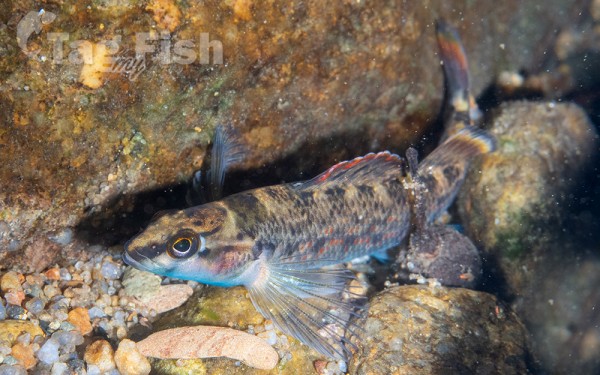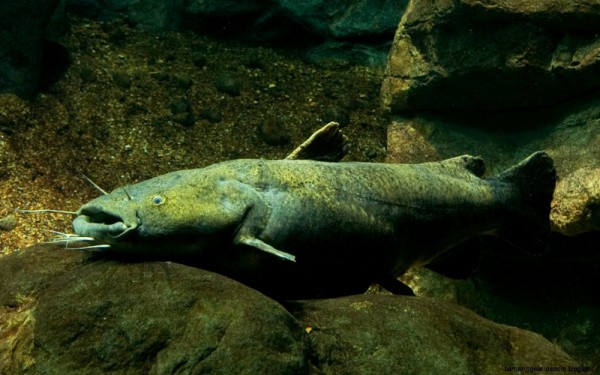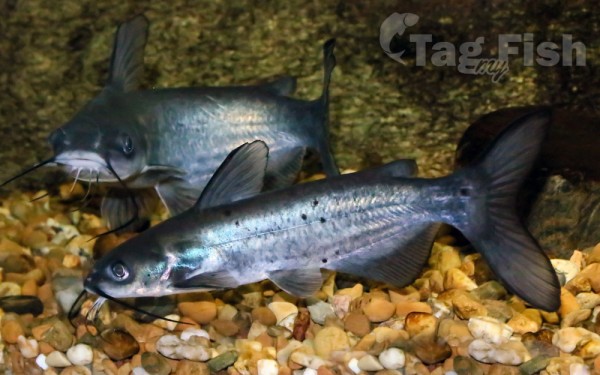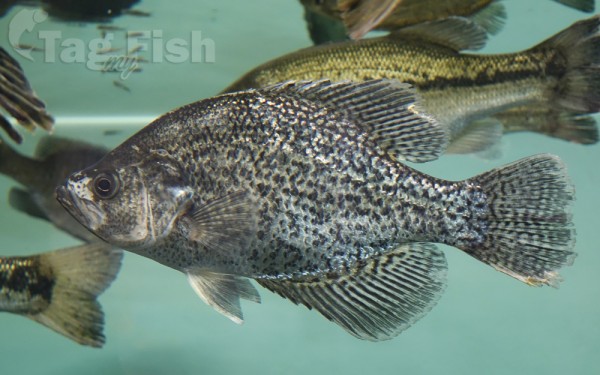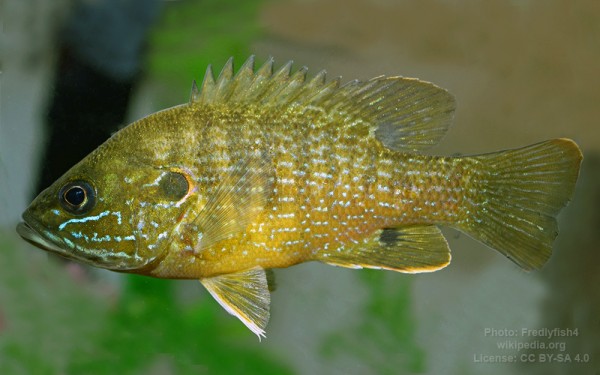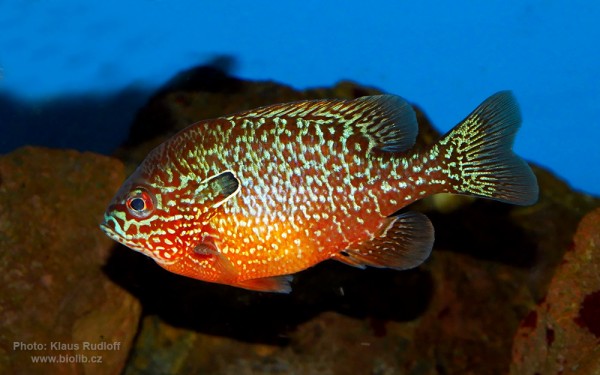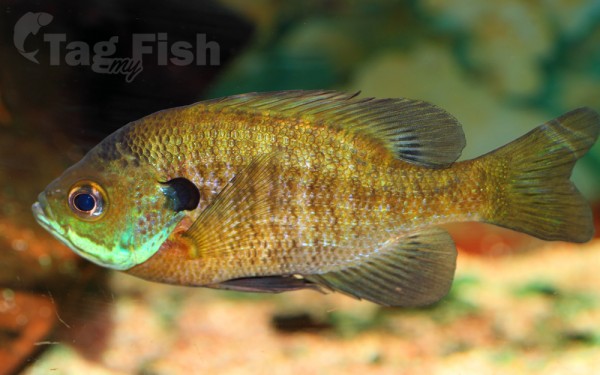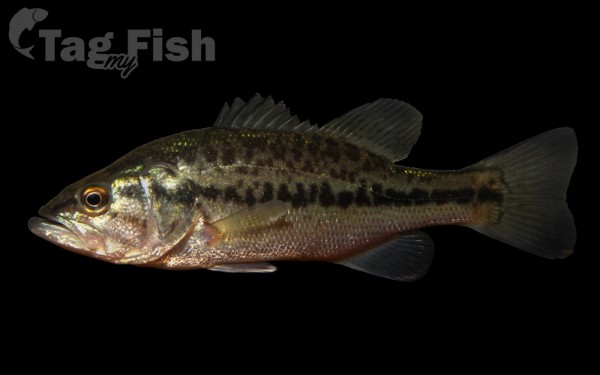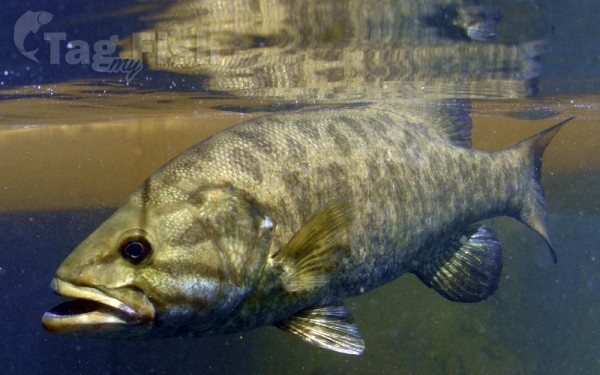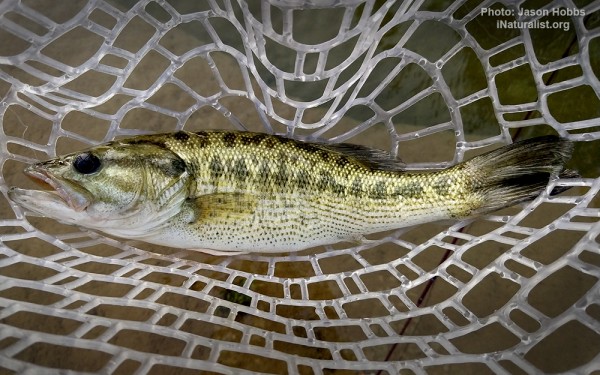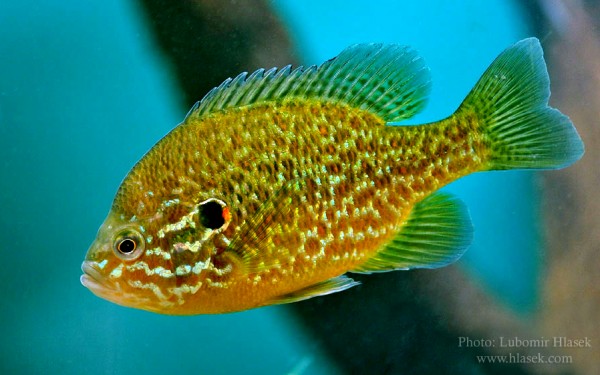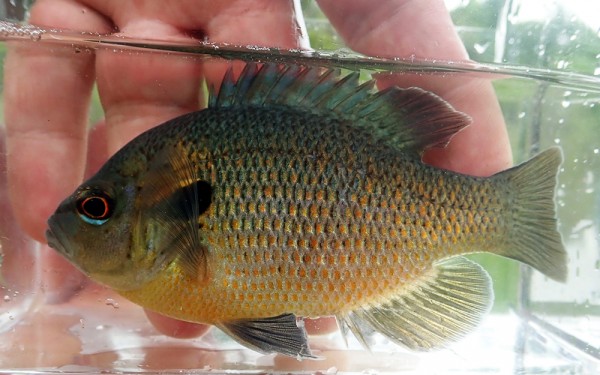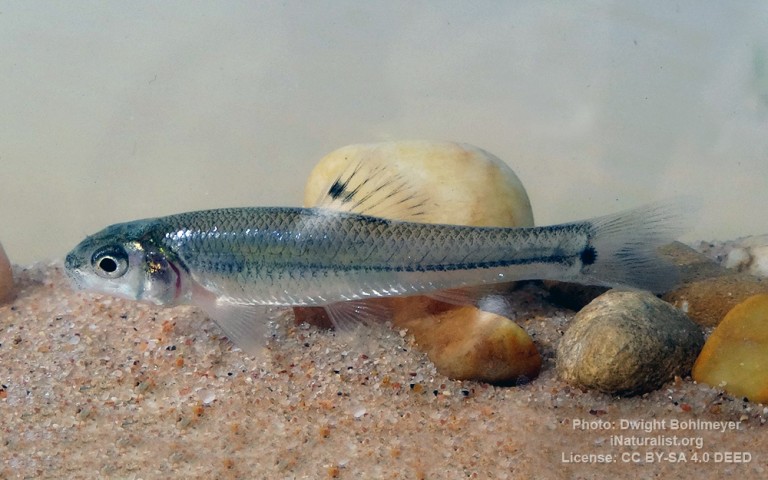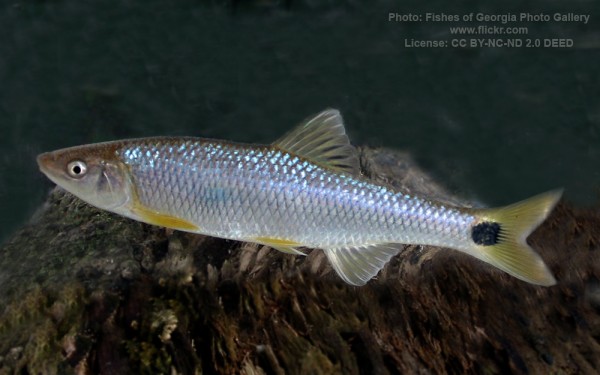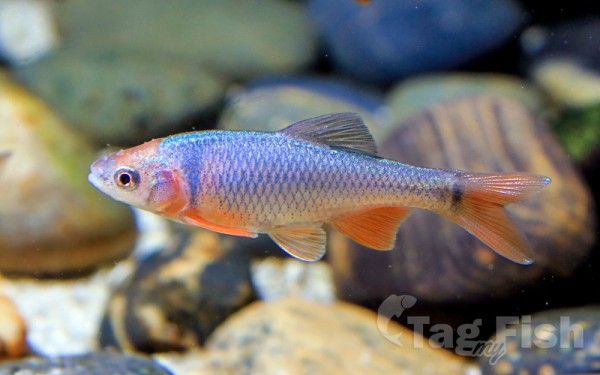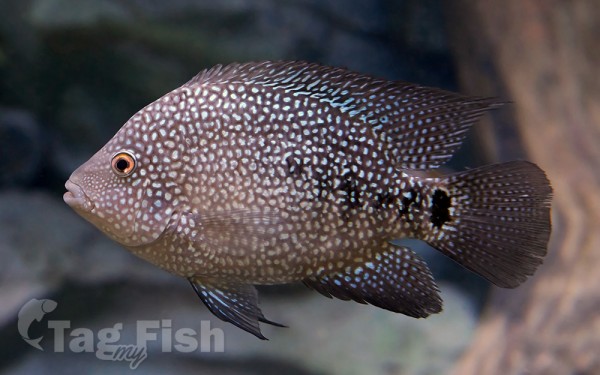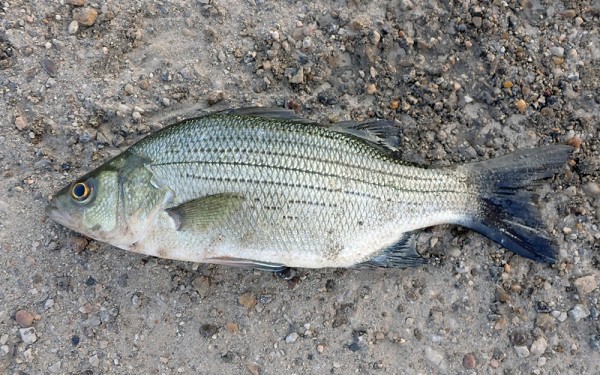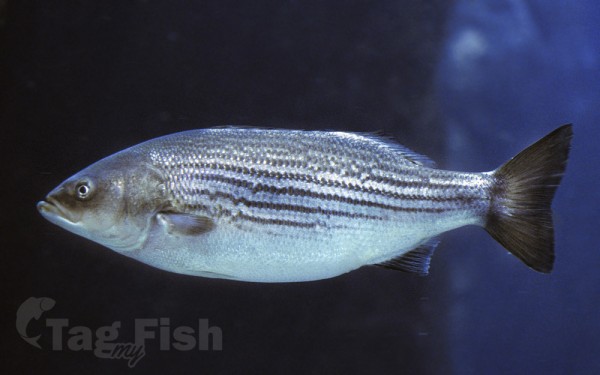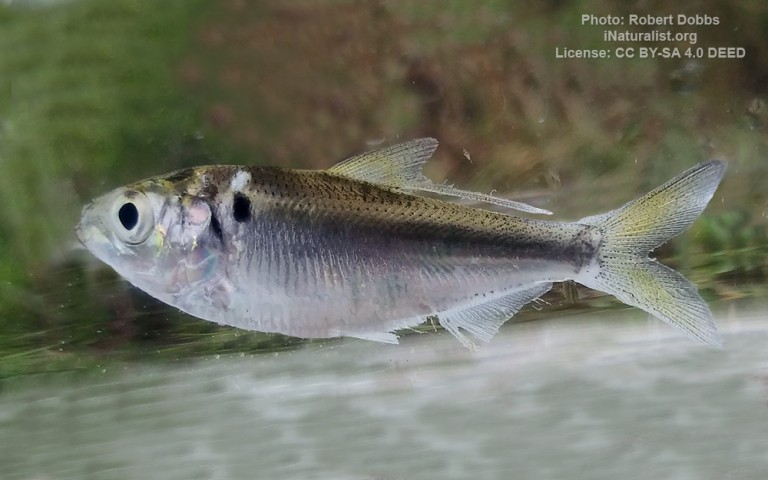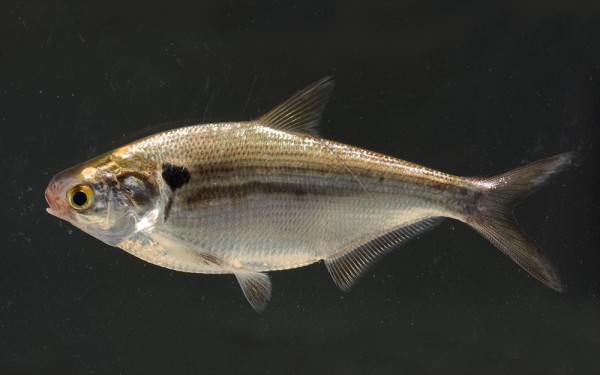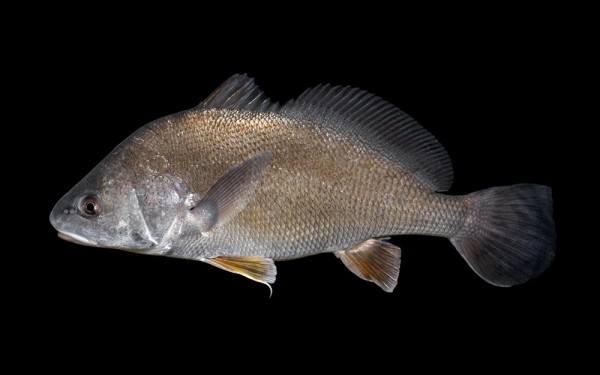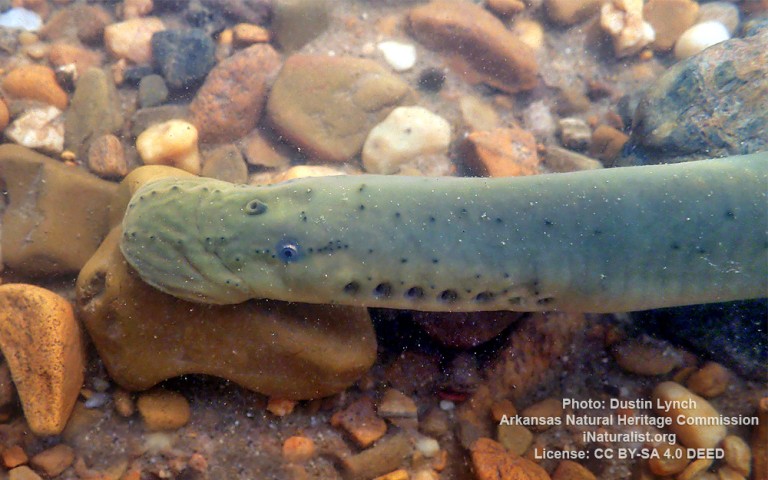Lake Buchanan (Texas)
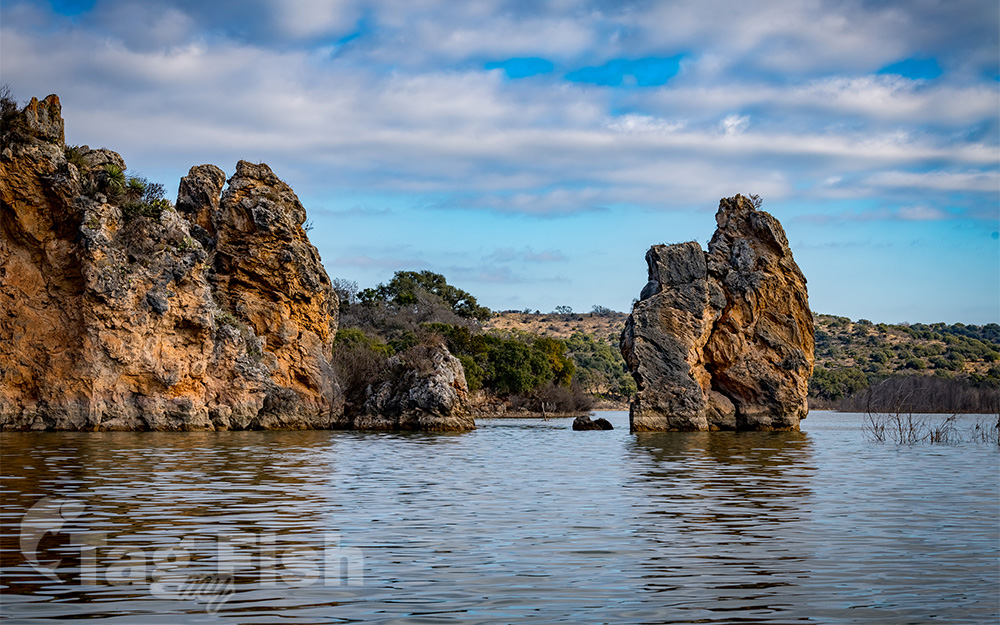
Perciformes - Perches
Esociformes - Pikes
Siluriformes - Catfishes
Centrarchiformes - Basses and sunfishes
Cypriniformes - Carps
Cichliformes - Cichlids
Moroniformes - Temperate basses
Clupeiformes - Herrings
Acanthuriformes - Surgeonfishes
Petromyzontiformes - Lampreys
Perciformes - Perches
Esociformes - Pikes
Siluriformes - Catfishes
Centrarchiformes - Basses and sunfishes
Cypriniformes - Carps
Cichliformes - Cichlids
Moroniformes - Temperate basses
Clupeiformes - Herrings
Acanthuriformes - Surgeonfishes
Petromyzontiformes - Lampreys
Perciformes - Perches
Esociformes - Pikes
Siluriformes - Catfishes
Centrarchiformes - Basses and sunfishes
Cypriniformes - Carps
Cichliformes - Cichlids
Moroniformes - Temperate basses
Clupeiformes - Herrings
Acanthuriformes - Surgeonfishes
Petromyzontiformes - Lampreys
Lake Buchanan was formed by the construction of Buchanan Dam by the Lower Colorado River Authority to provide a water supply for the region and to provide hydroelectric power. Buchanan Dam, a structure over 2 mi (3.2 km) in length, was completed in 1939.
Lake Buchanan was the first of the Texas Highland Lakes to be formed, and with 22,333 acres (34.9 sq mi; 90.4 km2) of surface water, it is also the largest. The surface of the lake includes area in both Burnet and Llano Counties. The lake is west of the city of Burnet, Texas.
The other reservoirs on the Colorado River are Inks Lake, Lake LBJ, Lake Marble Falls, Lake Travis, Lake Austin, and Lady Bird Lake.
The lake is named for Representative James P. Buchanan (1867–1937), who is credited with securing the funding to build the lake and dam.
Fish and wildlife populations
Lake Buchanan has been stocked with several species of fish intended to improve the utility of the reservoir for recreational fishing. Fish present in Lake Buchanan include largemouth bass, catfish, white bass, and striped bass.
Lake Buchanan is a level-controlled reservoir, and will not be allowed to flood during periods of heavy rain. The lake level can, however, drop significantly during periods of drought.
